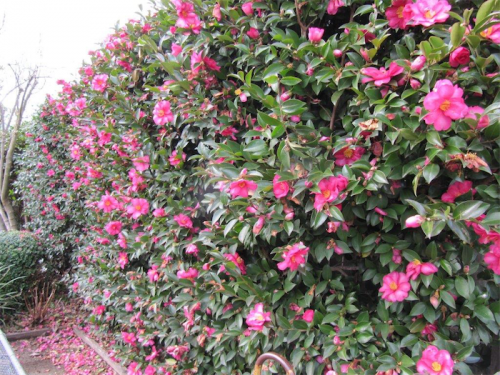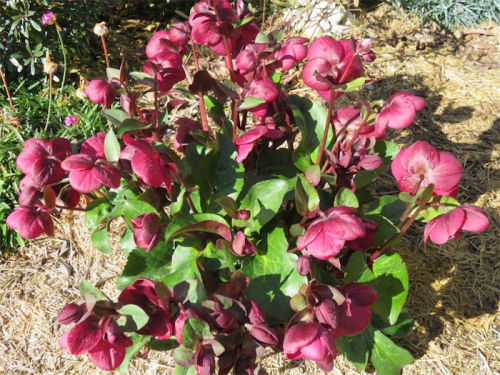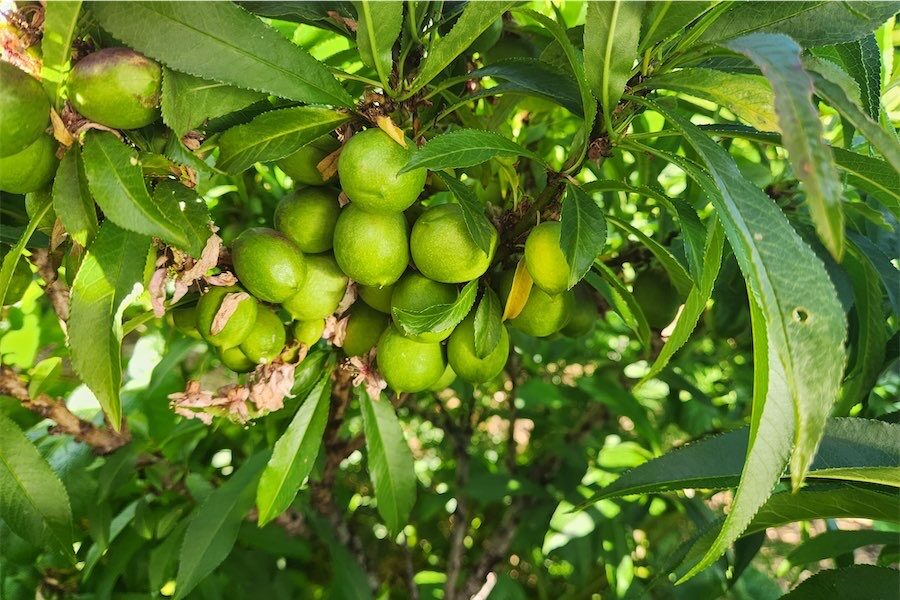
When we had our Yass nursery, one customer expressed surprise we didn’t have a particular variety in stock. I politely explained that it was not possible to carry all varieties because, as the Camellia Society will verify, there are more than 38,000 named cultivars registered worldwide.
So, where to start in selecting from the plant’s huge range of colours and varieties?
Author Peter Valder, in his book “The Garden Plants of China”, says while many species of camellia occur in China, very few were brought into cultivation until recently.
There are exceptions such as Camellia sinensis, the tea camellia that has long been grown for its leaves.
In China, surprisingly, only a handful of indigenous species have been used as ornamental plants. Today we are all familiar with C. japonica, C. sasanqua, C. reticulata and C. williamsii.
C. japonica, with its large, glossy leaves and huge flowers, blooms in spring and needs filtered shade.
C.sasanqua is one of the hardiest, even in our summer sun. Unlike most camellias, this one is scented. As illustrated here in our garden, C. sasanqua “Hiryu” makes an ideal hedge for screening, in this case it’s more than two metres tall. The added advantage is that it flowers in winter, which is important as it provides food for birds, especially honeyeaters, when most other plants, including native plants are dormant. Valder says that while cultivars of this type have been introduced into Western gardens, it’s rare to see this variety in Chinese gardens.
He describes the flowers of C. reticulata as having the “sumptuousness and mystique of tree peonies and our debt to generations of Yunnanese gardeners who long ago developed these wonderful plants,” adding that “this variety of camellia has been recorded from the 11th century. From that time these Yunnan camellias were praised by poets for their longevity and the beauty of their flowers”.
At the Yufeng Lamasery, in Tibet, there is an example of this camellia’s longevity, reputed to be more than 500 years old and bearing at least 4000 flowers. It is said that during the Chinese Cultural Revolution, 50 years ago, a monk risked his life by keeping it secretly watered. Modern breeders have produced some wonderful C. reticulata including “Dr. Clifford Parkes”, an informal double with rich red flowers; “William Hertrich”, a large semi-double with light red blossoms and “Valley Knudsen”, a compact, show-stopping, semi-double with luminous pink blossoms.

MODERN breeding has produced an amazing colour variety of hellebores, which are starting to appear in garden centres now. They grow remarkably well in Canberra.
While hellebores prefer semi-shade, they will often tolerate full sun in the morning, but need protection from the hot midday and westerly sun. They are great fillers and particularly like being under deciduous trees where they get the sun in early spring before the trees come into full leaf.
Quite a few weeks ago I recommended cutting the leaves to ground level. There’s still time to do this, but don’t delay. Some people have questioned this advice, but I have proved this approach over at least 30 years. A good example is H. “Anna’s Red”, of which 10 days ago there was bare ground and now the leaves are growing at five centimetres a day!
Jottings…
- Sow Flanders’ poppies now to celebrate Anzac Day.
- The white cedar caterpillar is a menace and gets into everything, including the home. Use Dipel, a biological spray non-toxic to humans, but you will need to spray several times as new larvae emerges.
- Core lawns any time now. Professional advice from Paul Howard on 0412 483846.
Who can be trusted?
In a world of spin and confusion, there’s never been a more important time to support independent journalism in Canberra.
If you trust our work online and want to enforce the power of independent voices, I invite you to make a small contribution.
Every dollar of support is invested back into our journalism to help keep citynews.com.au strong and free.
Thank you,
Ian Meikle, editor




Leave a Reply